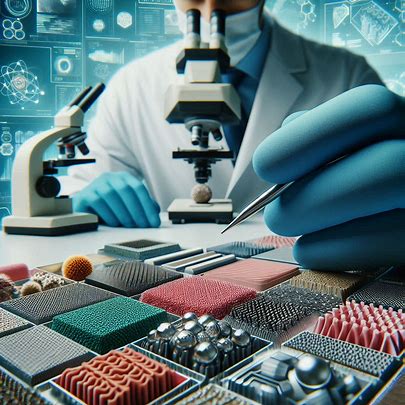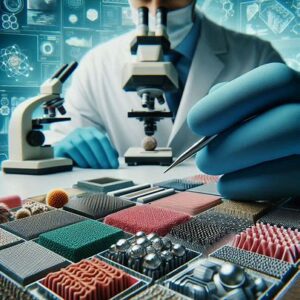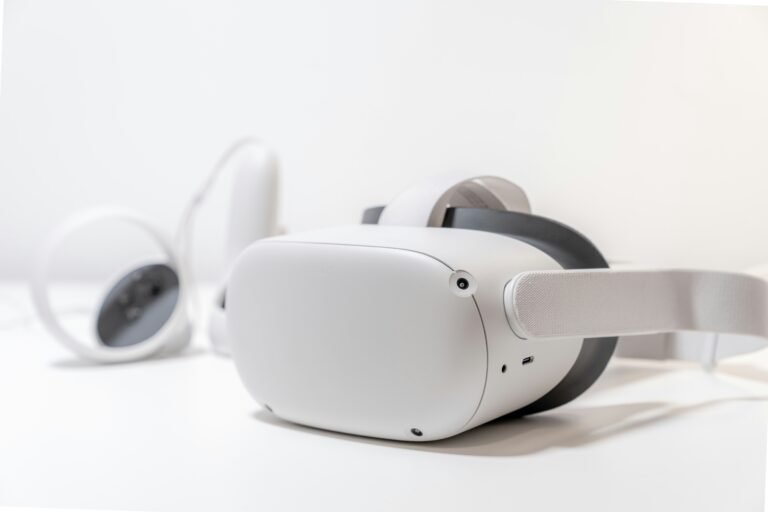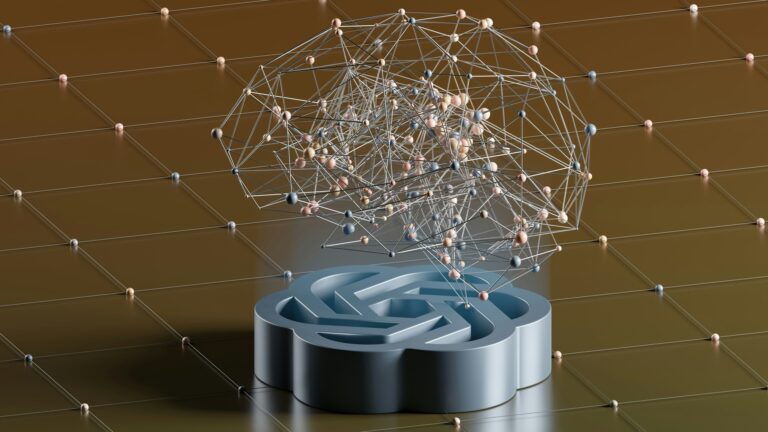
Introduction
Imagine a world where scratches on your phone screen vanish on their own, cracked bridges repair themselves, or spacecraft withstand harsh conditions without maintenance. This is the promise of self-healing materials, an innovative class of substances designed to autonomously repair damage, extending their lifespan and reducing waste. By mimicking nature’s ability to heal—like human skin repairing a cut—these materials are transforming industries from electronics to construction. This article explores what self-healing materials are, how they work, their real-world applications, current trends, and their potential to revolutionize sustainability and durability, all in an engaging and accessible way.
What are Self-Healing Materials?
Self-healing materials are engineered substances that can automatically repair physical damage, such as cracks, scratches, or tears, without external intervention. These materials restore their original properties, like strength or functionality, after damage, making them ideal for applications where durability and longevity are critical.
Types of Self-Healing Materials
- Polymers: Plastics or rubber-like materials that heal through chemical reactions or physical reformation.
- Metals: Alloys that repair cracks via heat or chemical processes.
- Ceramics: Brittle materials designed to mend fractures, often used in high-temperature environments.
- Composites: Materials combining self-healing polymers or resins with fibers for enhanced strength.
- Concrete: Construction materials embedded with healing agents to fix cracks.
For example, a self-healing phone screen might use a polymer coating that fills in scratches when exposed to heat or light, restoring its smooth surface.
How Self-Healing Materials Work
Self-healing materials employ various mechanisms to repair damage, inspired by biological systems. The process depends on the material type and healing method.
Intrinsic Healing
Intrinsic self-healing relies on the material’s inherent properties to reform bonds. For instance, some polymers have reversible chemical bonds that reconnect when broken, like a rubber band snapping back into shape. Heating or light exposure often triggers this process.
Extrinsic Healing
Extrinsic self-healing uses embedded agents, like microcapsules or vascular networks, to release healing substances when damage occurs. For example, in self-healing concrete, microcapsules filled with a healing agent (like epoxy) burst when a crack forms, filling and sealing it.
Biological Inspiration
Some materials incorporate bacteria or enzymes that produce healing compounds. In bio-concrete, bacteria embedded in the material produce limestone when exposed to water, sealing cracks.
For instance, a self-healing car paint with microcapsules might release a polymer to fill a scratch when it’s damaged, restoring the surface within hours.
Real-World Applications of Self-Healing Materials
Self-healing materials are being adopted across industries, offering durability and sustainability benefits.
Electronics
Self-healing polymers are used in flexible electronics, like smartphone screens or wearable devices. Samsung has explored self-healing coatings for foldable phone displays, reducing wear from repeated folding. These materials extend device lifespans and reduce repair costs.
Construction
Self-healing concrete is transforming infrastructure. In the Netherlands, bio-concrete developed by Delft University uses bacteria to repair cracks in bridges and buildings, reducing maintenance costs and extending structural life. This is especially valuable for aging infrastructure in urban areas.
Automotive and Aerospace
Self-healing coatings protect car bodies from scratches and corrosion. BMW has tested self-healing paints that repair minor damage using heat from sunlight. In aerospace, NASA is developing self-healing composites for spacecraft, capable of repairing micrometeorite damage in harsh space environments.
Healthcare
Self-healing hydrogels are used in medical applications, like wound dressings or drug delivery systems. These materials can repair themselves while maintaining flexibility, ensuring consistent performance. For example, a self-healing bandage might reseal after stretching, protecting wounds better.
Energy
Self-healing materials enhance the durability of solar panels and batteries. Researchers are developing self-healing electrolytes for lithium-ion batteries, which repair degradation to extend battery life, critical for electric vehicles and renewable energy storage.
From breaking news to market moves — timing is everything. Learn how to trade with precision.

Current Trends in Self-Healing Materials
As of June 2025, self-healing materials are advancing rapidly, driven by research and industry demand. Here are key trends:
Bio-Inspired Materials
Scientists are increasingly mimicking natural systems, like human tissue or plant healing, to create advanced materials. For example, researchers at MIT are developing polymers that heal like skin, using dynamic chemical bonds triggered by environmental stimuli.
Nanotechnology Integration
Nanoparticles enhance self-healing efficiency by delivering healing agents precisely or strengthening materials. Nanocapsules in self-healing coatings, for instance, improve repair speed and durability, as seen in automotive applications.
Sustainability Focus
Self-healing materials align with circular economy goals by reducing waste and extending product lifespans. Companies like BASF are developing eco-friendly self-healing polymers for packaging, minimizing plastic waste.
3D Printing Compatibility
Self-healing materials are being integrated with 3D printing to create custom, durable products. Researchers are printing self-healing composites for aerospace parts, allowing complex designs with built-in repair capabilities.
Smart Triggers
Advanced self-healing materials respond to specific triggers, like light, heat, or magnetic fields. For example, University of California researchers have developed polymers that heal under UV light, ideal for consumer electronics exposed to sunlight.
Benefits of Self-Healing Materials
Self-healing materials offer compelling advantages:
- Durability: Extended lifespans reduce the need for replacements or repairs.
- Cost Savings: Lower maintenance costs benefit industries like construction and automotive.
- Sustainability:侞: Self-healing materials reduce waste, supporting environmental goals.
- Safety: Autonomous repair enhances reliability in critical applications like aerospace.
- Versatility: Applicable across diverse sectors, from electronics to infrastructure.
Challenges of Self-Healing Materials
Despite their potential, self-healing materials face challenges:
- Cost: Developing and producing these materials can be expensive, limiting widespread adoption.
- Scalability: Scaling up production for large applications, like infrastructure, is complex.
- Performance Limits: Some materials heal slowly or only for minor damage, restricting use cases.
- Environmental Sensitivity: Healing mechanisms may depend on specific conditions (e.g., heat or moisture), limiting versatility.
- Long-Term Durability: Repeated healing cycles can degrade material properties over time.
Addressing these requires ongoing research, cost optimization, and testing for diverse environments.
The Future of Self-Healing Materials
By 2030, self-healing materials could redefine durability and sustainability:
- Consumer Products: Self-healing phone screens, clothing, and packaging will become mainstream, reducing waste.
- Infrastructure Resilience: Self-healing concrete and asphalt will extend the life of roads, bridges, and buildings.
- Space Exploration: Self-healing materials will enable spacecraft and habitats to withstand extreme conditions.
- Medical Advances: Self-healing implants and devices will improve patient outcomes and device longevity.
Continued investment in research, scalable manufacturing, and sustainable practices will unlock these possibilities.

Conclusion
Self-healing materials are a game-changer, offering a glimpse into a future where products and structures repair themselves, enhancing durability and sustainability. From scratch-resistant phone screens to self-repairing bridges, their applications are vast and transformative. As trends like bio-inspired designs, nanotechnology, and smart triggers drive innovation, self-healing materials promise to reduce costs, waste, and environmental impact. By overcoming challenges like cost and scalability, this technology can create a world where durability is built into the fabric of everyday life.



